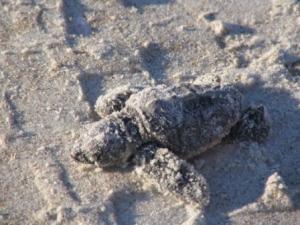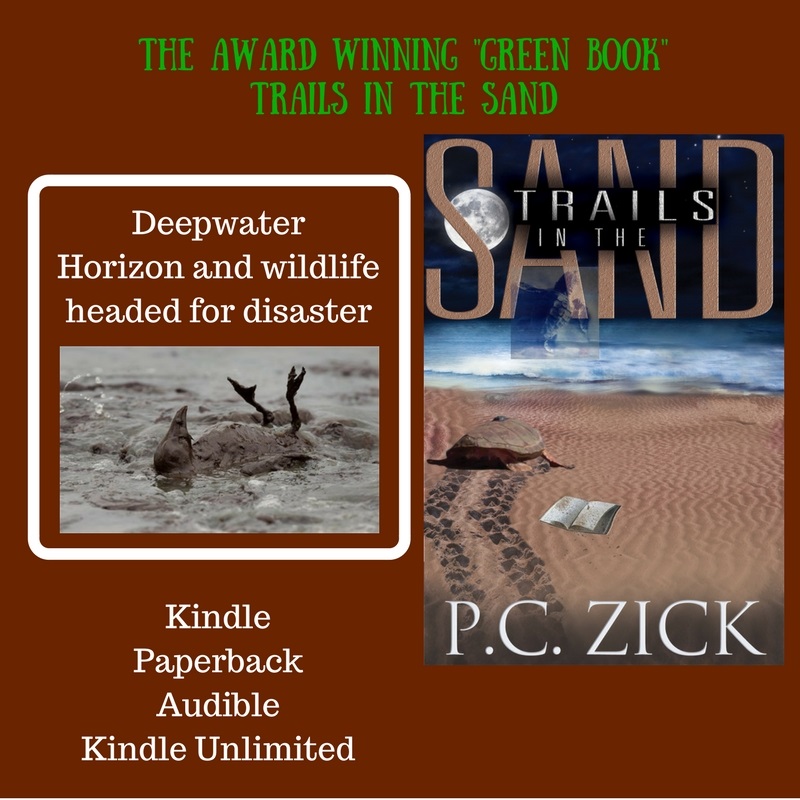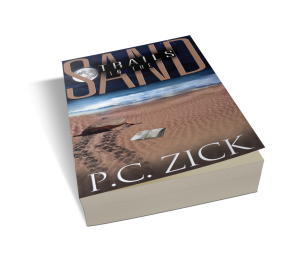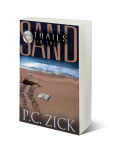I published Trails in the Sand in 2013, three years after the disastrous oil spill after the Deepwater Horizon oil rig explosion. From the first moment I heard about the explosion nine years ago and through my job as a public relations director with the Florida Fish and Wildlife Conservation Commission, I was glued to the news on the struggle to contain the tar balls and greasy water approaching the Panhandle beaches of Florida.
When not working at my day job, I was also starting a novel about a dysfunctional family struggling to change generations of heartbreak. April 20, 2019 marks the nine year anniversary of this event. Each year on the anniversary, I offer a special on Trails in the Sand, normally priced at $5.99 on Kindle. April 21-28, 2019, the book may be downloaded for $0.99. Click here to grab your copy.
Four years ago, I wrote about the disaster and how the book Trails in the Sand was born. Here is that post to commemorate both the oil spill and Earth Day and to remind us all the importance and fragility of our natural world.
Published originally on April 20, 2015 – Five years ago today, the oil rig Deepwater Horizon caught on fire. Even though the newscasters downplayed its significance at first, I felt a black cloud deepen. I’d just moved to southwestern Pennsylvania where news of the Upper Big Branch coal mine disaster a few hours away in West Virginia still dominated local news. Twenty-nine men died in that explosion on April 5, 2010, just ten days earlier.
We soon learned that BP’s Deepwater Horizon rig in the Gulf of Mexico had blown its cap, which allowed gushing oil and killed eleven workers on the rig. As I’ve done for the past two decades, when something bothers me, I start to write. The result from my sorrow and unease with both disasters resulted in the novel, Trails in the Sand. The novel serves as a reminder of two preventable disasters that occurred within two weeks of one another in 2010. Forty men died and countless wildlife and their habitats were injured or destroyed. Both events touched my life in some way and both made their way into the writing of Trails in the Sand.
When the Upper Big Branch coal mine in West Virginia exploded, twenty-nine miners, doing their job in the bowels of the earth, lost their lives. Subsequent reports showed the company ignored safety regulations, which played an important role in the explosion. At the time, I was in the process of moving from Florida to western Pennsylvania. The mine is located several hours from my new home, so the local media covered the disaster continually for the next few weeks. The national news also kept its eye turned toward a small town in West Virginia where families mourned their husbands, sons, fathers, brothers, and cousins. After April 20, the lens of the cameras shifted to the southwest.
The news began as a whimper before erupting into cries of outrage. An oil rig somewhere off the coast of Louisiana caught on fire on April 20, 2010. Soon the whole rig collapsed, and eleven men never made it out alive. Oil gushed from a well several miles below the Gulf’s surface.
As I made the transition to Pennsylvania, I still held my job in Florida, although I was in the process of leaving. I was a public relations director for the Florida Fish and Wildlife Conservation Commission. I made the trip back and forth sixteen times in 2010. I conducted meetings from a cell phone in airports, highway rest areas, and at a dining room table from our small temporary apartment in Pittsburgh.
Every time I started to give my two-week notice to my supervisors, something happened, and my wildlife biologist bosses pleaded with me to stay. During a crisis, the spokesperson for a company or agency suddenly becomes a very important part of the team. Scientists become speechless when looking in the face of a microphone.
Nothing much happened in those early days of the oil spill for the wildlife community, although as a communications specialist I prepared for worst-case scenarios, while hoping for the best. Partnerships between national and state agencies formed to manage information flowing to the media. By May, some of the sea turtle experts began worrying about the nesting turtles on Florida’s Panhandle beaches, right where the still gushing oil might land. In particular, the scientists worried that approximately 50,000 hatchlings might be walking into oil-infested waters if allowed to enter the Gulf of Mexico after hatching from the nests on the Gulf beaches.
 An extraordinary and unprecedented plan became reality, and as the scientists wrote the protocols, the plan was “in direct response to an unprecedented human-caused disaster.”
An extraordinary and unprecedented plan became reality, and as the scientists wrote the protocols, the plan was “in direct response to an unprecedented human-caused disaster.”
When the nests neared the end the incubation period, plans were made to dig up the nests and transport the eggs across the state to Cape Canaveral, where they would be stored until the hatchlings emerged from the eggs. Then they would receive a royal walk to the sea away from the oil-drenched waters of the Gulf.
 The whole project reeked with the scent of drama, ripe for the media to descend on Florida for reports to a public hooked on the images of oiled wildlife. Since I was in transition in my job, they appointed me to handle all media requests that came to the national and state agencies regarding the plan. From my new office in Raccoon Township, Beaver County, Pennsylvania, I began coordinating media events and setting up interviews with the biologists.
The whole project reeked with the scent of drama, ripe for the media to descend on Florida for reports to a public hooked on the images of oiled wildlife. Since I was in transition in my job, they appointed me to handle all media requests that came to the national and state agencies regarding the plan. From my new office in Raccoon Township, Beaver County, Pennsylvania, I began coordinating media events and setting up interviews with the biologists.
As the project began in June 2010, I began writing Trails in the Sand. At first, I created the characters and their situations. Then slowly I began writing about the oil crisis and made the main character, Caroline, an environmental reporter who covered the sea turtle relocation project. Then suddenly I was writing about her husband, Simon, who mourned the loss of his cousin in the coal mine disaster in West Virginia. I didn’t make a conscious effort to tie together the environmental theme with the family saga unfolding, but before too long, I realized they all dealt with restoration and redemption of things destroyed. As a result, the oil spill and the sea turtles became a metaphor for the destruction caused by Caroline and her family.
I’m a firm believer in the subject choosing the author. When that happens, it’s best to let the muse lead me to the keyboard and allow the words to find their way to the story. Trails in the Sand stands as my testament to the process.
When environmental writer Caroline Carlisle sets off to report on endangered sea turtles during the Deepwater Horizon oil spill, the last thing she expects is to uncover secrets – secrets that threaten to destroy her family, unless she can heal the hurts from a lifetime of lies. To make matters worse, Caroline’s love for her late sister’s husband, Simon, creates an uproar in a southern family already set on a collision course with its past.
Using real-life events as the backdrop, Trails in the Sand explores the fight to restore balance and peace, in nature and in a family, as both spiral toward disaster. Through it all, the ancient sea turtle serves a reminder that life moves forward despite the best efforts to destroy it.



4 responses to “Reality Informs Fiction: Trails in the Sand”
You tackled two tough subjects in this novel. Kudos!
LikeLike
Thank you!
LikeLike
Reblogged this on writerchristophfischer and commented:
This amazing book is discounted this week. My introduction to a highly gifted writer I have the utmost respect and admiration for.
It’s got environmental and family issues – a class A literary delight.
LikeLike
Thank you, Christoph! I just saw this reblog. I very much appreciate it.
LikeLike